- Learning time
- 60 minutes
- First play time
- 180 minutes
Black Angel
Designed by: Alain Orban,Sebastian Dujardin,Xavier Georges
Humanity has wrecked Earth, and cannot agree on a way to save it. In what amounts to a hugely optimistic bit of what-iffery, the internationally-built space craft Black Angel is here to save us: to travel to a far-distant planet (called Spes) and begin the slow process of making it safe for habitat. You, the players, represent the various AI systems running the ship, maintaining the status quo and repelling enemy attacks from Ravagers, all supposedly in co-operation with each other but in actual fact… not.
For a big theme and big story – a big table presence. Black Angel comes with a board to show the ship moving through space (made up of hex-gridded chevron-shaped sections), a board for the ship itself and the various actions at play, and a small board for each player that sort of represents their own AI system. We can’t possibly give an exhaustive run-down of the game here, but as a brief overview, here we go…
Whilst your objective is in theory to get the Black Angel to Spes, what you’re actually trying to do is score the most points, and how points are scored are through the completion of missions. But before we explain missions, we probably need to explain sequences.
On each turn you choose one of two sequences: A or B. And then – as an AI – you run that sequence. Sequence A is what you’ll be doing most of, and it begins with the opportunity to play a Mission Card face-down next to your player board: doing so will trigger the rewards for any tiles on the board: you start with three, but – just as you clutter up your smartphone with endless new apps – will be adding more during play. The tiles do a multitude of things from generating resources or debris – more on those shortly – to manufacturing robots or mini-spaceships for them to fly. Or simply score points.
Having done so, you then choose one of your available dice from a pool to action – or pay a resource to another player to take one of theirs. The dice score between 0 and 3, but you can pay a debris to flip a die over, as higher numbers are more productive. Note too that each action has a colour – green/yellow/grey – and you can only use a matching coloured die to take it. Some actions are simple: repair the ship from Ravager damage, repel Ravagers (who cling onto the craft doing more and more damage and making actions more expensive), or add more tiles to your player board. But the juicy one is moving your spaceships – not the Black Angel itself, but those mini ones that need a robot to fly them. As they scuttle around the board, they can establish contact with the three neutral alien races – and play Mission cards onto the board for rewards now or later.
Having done all that, the die you used now goes into storage is is unavailable – unavailable until, that is, you run Sequence B.
With Sequence B, you can collect dice up and reroll them again for yourself. How many depends on how many robots you have in different areas of the ship, but basically Sequence B is kind of a reset mode – it also clears all the cards from around your player board and allows you to start activating them again.
The other thing Sequence B does is moves the Black Angel itself: the ship trundles onwards through space by one hex and the chevron at the rear of the board is flipped over and moved to the front. Mission cards placed on the moving chevron may now score points: robots and ships present are lost to you, but the ‘spent’ Mission card is kept and might score you more points at the end of the game, which arrives in one of two fashions: either the Ravager deck runs out or the Black Angel reaches its goal. Points scored during the game are added to some end-game scoring, and the player with the highest total is the winner – in the narrative of the game, that means they’ll be chosen to run the entire ship. In reality, you may sag back in your chair and decide it was all worth it after all.
The guru's verdict
-
Take That!
Take That!
High. The take-that moments may not come thick and fast, but when they hit you it can feel like a slap. You can't refuse to 'sell' your dice, so when someone gives you a paltry resource and takes away the die you had big plans for... well. No wonder we need a Spes with people like that about.
-
Fidget Factor!
Fidget Factor!
Very high on a first play. Sequence B is pretty straightforward but Sequence A can get a bit sequencey...
-
Brain Burn!
Brain Burn!
...particularly if someone is flying Missions. They prompt Ravager attacks, which in turn may compromise everyone else's plans, as Ravager attacks do damage, and damaged parts of the ship make any dice placed there less effective. There's strategies to be explored but overall it's more a game of reactive tactics, as tiles and Ravager attacks can't always be predicted and you usually don't know what someone will do until they do it.
-
Again Again!
Again Again!
You probably need to play it at least twice to understand it. There's a fair bit of variation but this really depends how you feel about the game's pace, which can lurch from rapid-fire simple turns to, at times, protracted chin-scratching. For all the narrative drama and the attacks of the Ravagers, it definitely feels more a puzzle than a story though - a puzzle of ever-shifting parameters that will be a sure-fire hit for some and an agony of cognitive juggling for others.

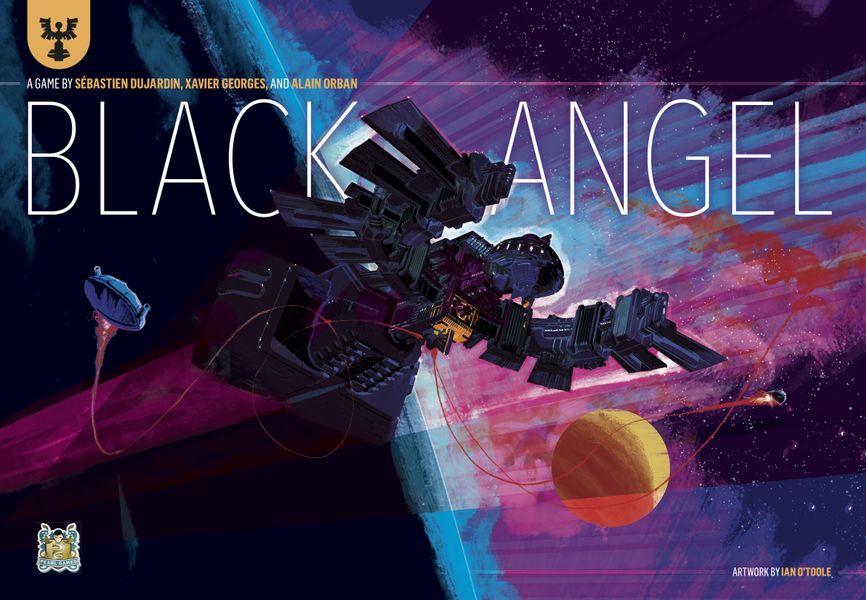


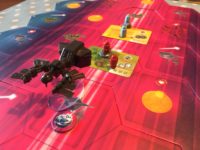
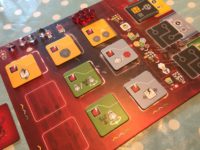
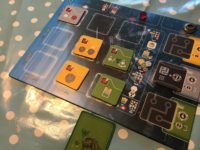



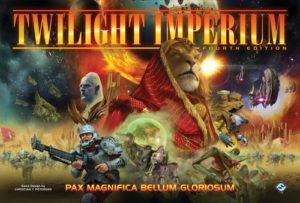
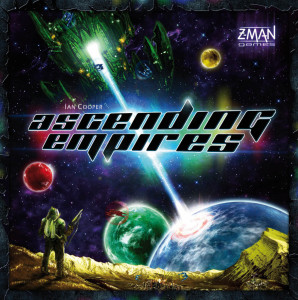
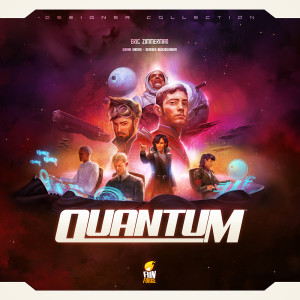
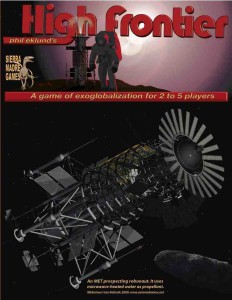
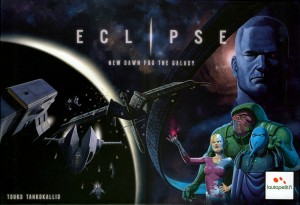
Sam says
A disclaimer - Black Angel is even more complicated than we've made it sound. It appeals to me in so many ways though - the theme, the look, the deceptively high amount of interaction, and the way players are playing competitively whilst working collaboratively to maintain the ship. That said, I wish it was just a little more streamlined in how it plays, because activating your ships can turn into a whole series of mini-games, with each ship potentially moving, potentially triggering missions, which in turn trigger Ravagers, which in turn affect the functionality of the ship, which in turn give all the players something else to think about. That all makes narrative sense but there's something slightly truncated about the way the game plays, and although the space theme comes through loud and clear from the presentation, some of the logic breaks down (AI systems being hostage to dice-rolling being one example, though it seems churlish to point that out as we are after all, you know, playing a game...) but despite some flaws, it's definitely an undertaking that tells a story around the table: demanding time and mental effort, and often - increasingly so with familiarity - ending with a conversation about what took place, who pulled off the best - or nastiest - move, and what you might do differently next time. Some will utterly love it. For me personally though, just erring too far toward abstraction, complexity, and an experience too chewy to feel like a treat.